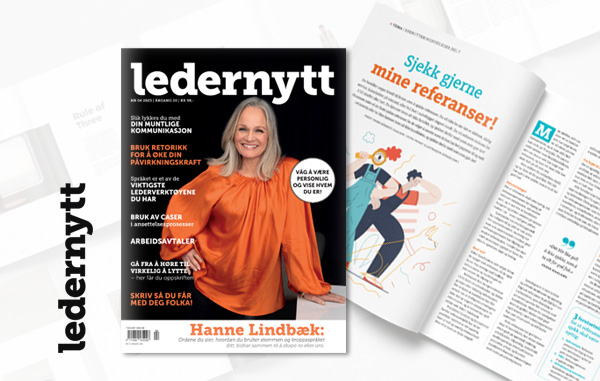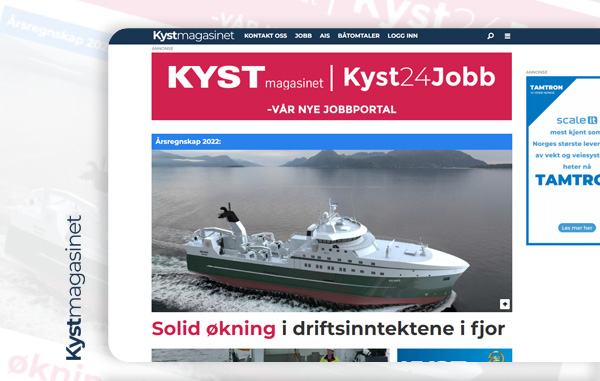The use of artificial intelligence (AI) is growing rapidly, and it has the potential to create new job opportunities and improve worker productivity. However, this progress comes at a cost. In the last twenty years, automated systems have gradually replaced many manufacturing jobs, resulting in the loss of 1.7 million such jobs. Even white-collar jobs are now at risk of becoming obsolete due to automation.
The "Future of Jobs Report 2020" by the World Economic Forum predicts that by 2025, AI will replace 85 million jobs globally. While this may seem concerning, the report also reveals that AI will create 97 million new jobs within the same period. Here are a few lists of the professions that are going to be impacted instantly by no means.
GRAPHIC DESIGN
The rise of artificial intelligence (AI) has permeated numerous industries, and graphic design is no exception. With the advent of user-friendly AI tools like DALL-E, Leonardo, Microsoft Designer, and many more … anyone can generate professional-quality images without requiring traditional artistic skills with prompts. This democratization of design has both positive and negative implications for the field of graphic design. On the one hand, AI-generated art opens up new possibilities for creativity and inclusivity. It allows individuals and businesses to create visually stunning graphics without the need for a dedicated graphic designer. This could lead to a surge in the use of custom, visually engaging images across various platforms, from social media to websites. In essence, AI tools empower non-designers to harness the power of design, potentially leading to a more visually diverse digital landscape. AI-generated art will pose a threat to graphic designers as it may reduce demand for their services. The impact of AI on the graphic design industry is unfolding, presenting challenges. Designers must adapt by embracing new technologies, developing niche expertise, and focusing on humanistic aspects of design that machines cannot replicate.
CUSTOMER SERVICE REPRESENTATIVE
The customer service landscape is rapidly evolving as automation becomes increasingly integrated into business operations. Tools like chatbots, virtual assistants, and self-service kiosks are automating customer interactions, reducing the need for human intervention and changing the nature of the customer service workforce. In the realm of customer support, chatbots, and virtual assistants are now capable of handling a wide range of inquiries and requests. These AI-powered systems can provide instant responses to common questions, direct customers to relevant information, and even process simple transactions. By automating these routine interactions, businesses can offer 24/7 support and free human agents to focus on more complex issues requiring empathy, judgment, and problem-solving skills.
COMPUTER PROGRAMMER
The emergence of generative AI tools such as ChatGPT and Gemini has sparked debates about whether AI will eventually replace jobs that require a lot of writing. Although human language is more complex and nuanced, programming languages follow a more structured and straightforward approach. With ChatGPT already capable of writing code, entry-level programming jobs may soon become automated.
RESEARCH ANALYST
Research-centric positions like market research analyst and financial analyst can be performed, at least to a certain degree, by AI. Machine learning can process large volumes of data, detect patterns, and organize findings into convenient visuals. This makes AI ideal for quickly delivering industry insights to teams without the need for human intervention.
CONTENT WRITER
AI-powered content generators are capable of assisting with content creation by brainstorming writing ideas, and they can also help with repetitive tasks. Tasks such as writing formulaic emails and short social media posts are no trouble for artificial intelligence. In some cases, AI can even produce a first draft for longer-form content, thereby taking over many duties of human content marketers.
FACTORY OR WAREHOUSE WORKER
Lots of machines in factories are AI-powered and performs many actions with greater speed, accuracy, and consistency than humans. Additionally, machine vision enables AI-powered machines in warehouses to retrieve goods and navigate their surroundings, making logistics providers less dependent on human warehouse workers. These AI-powered machines can work 24 hours a day, where the owner doesn’t have to be bothered by human errors and human resources issues.
TRAVEL ADVISOR
Nowadays, travelers don't have to rely solely on travel agents to receive personalized recommendations and travel advice. AI-powered travel platforms can assist customers with their searches and provide recommendations based on their previous searches. Additionally, travelers can watch virtual tours and online informational videos to gather all the necessary information without the need of a travel agency.
CAR AND TRUCK DRIVER
The biggest threat comes from autonomous vehicles (AVs). These self-driving cars and trucks use a combination of cameras, radar, and lidar to navigate roads without human input. This is affecting those who work in both the taxi and rideshare industries. Uber has formed partnerships with self-driving car companies such as Waymo and Aurora, which could lead to a conflict with its human drivers, as more options become available for riders. In theory, they could eventually replace the need for drivers altogether. Extensive adoption of AVs could lead to significant job losses for car and truck drivers. This especially applies to long-haul trucking on well-mapped highways, a prime target for automation. For now, the exact impact of AI on driving jobs is still unclear. The timeline for widespread adoption of AVs is uncertain, and regulations still need to be ironed out.
PARALEGAL
AI is highly proficient in automating repetitive tasks that consume a significant amount of a paralegal's time. AI-powered tools can efficiently review and analyze large volumes of legal documents, contracts, and case files. This reduces the time and effort traditionally required by paralegals for such tasks. AI technologies can sift through vast databases of legal precedents, case laws, and regulations to provide relevant information to support legal cases. This includes tasks such as document review, legal research, and data entry. AI can efficiently scan vast amounts of documents, identify key information, and flag potential issues much faster than humans. Furthermore, AI can analyze legal documents with high accuracy, reducing the risk of human error in tasks like contract review or due diligence. Additionally, AI can process information 24/7, boosting overall efficiency.
FINANCIAL TRADERS
AI is reshaping the landscape of financial trading in many ways, but it's essential to note that it's more about augmentation than a complete takeover. AI algorithms are increasingly being used to execute trades automatically based on predefined criteria and market conditions. High-frequency trading (HFT) firms employ AI to analyze vast amounts of data and execute trades at lightning speed, often without human intervention. This can reduce the need for manual trading by human traders. AI techniques, such as machine learning and deep learning, are used to analyze market data and identify trading patterns, trends, and anomalies. Quantitative analysts (quants) utilize AI models to develop trading strategies and optimize portfolio performance. While AI enhances the analytical capabilities of quants, human expertise is still required to interpret results and make strategic decisions. AI-powered risk management systems can assess market risk, credit risk, and operational risk in real time. These systems help traders and portfolio managers mitigate risks and comply with regulatory requirements. While AI contributes to more sophisticated risk assessment, human judgment remains crucial in evaluating complex risks and determining appropriate risk mitigation strategies.










